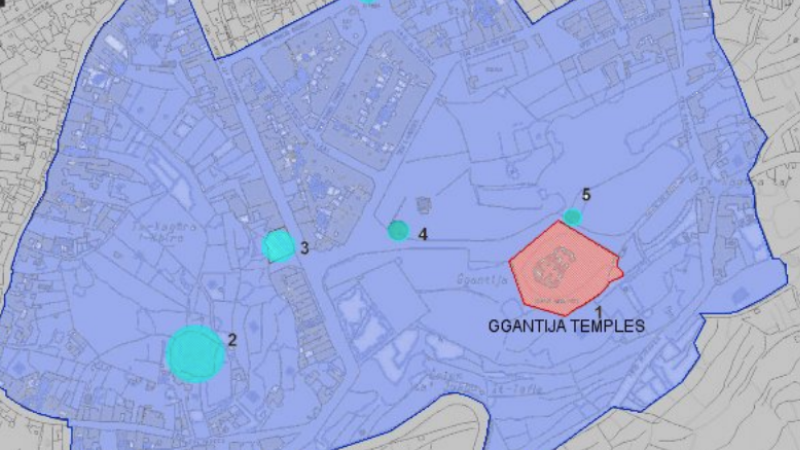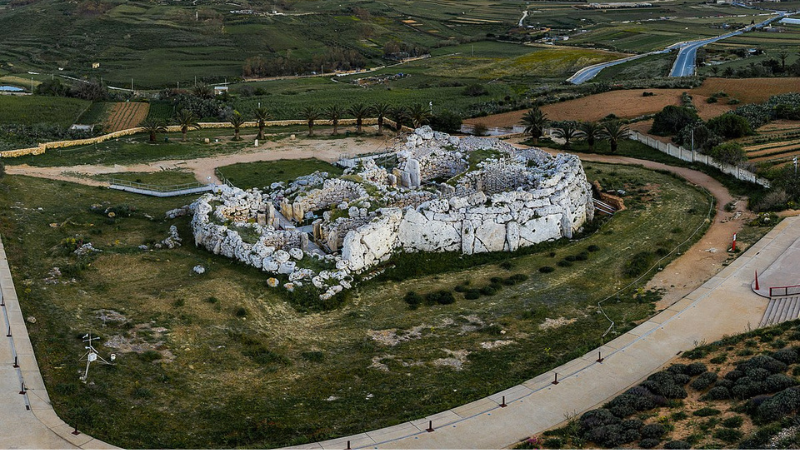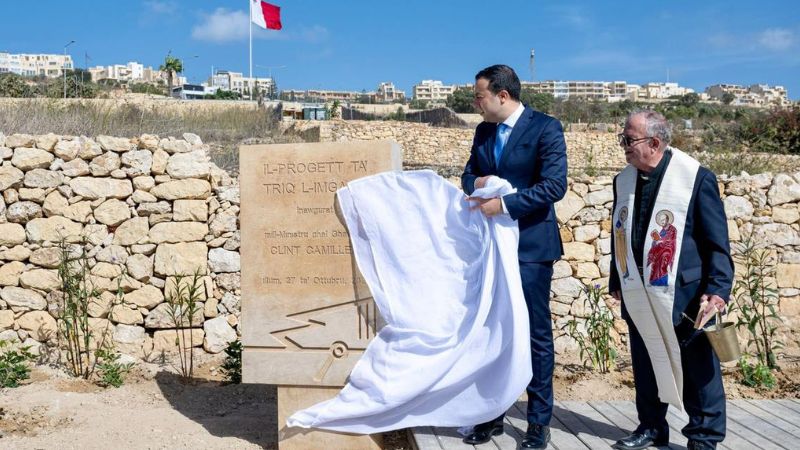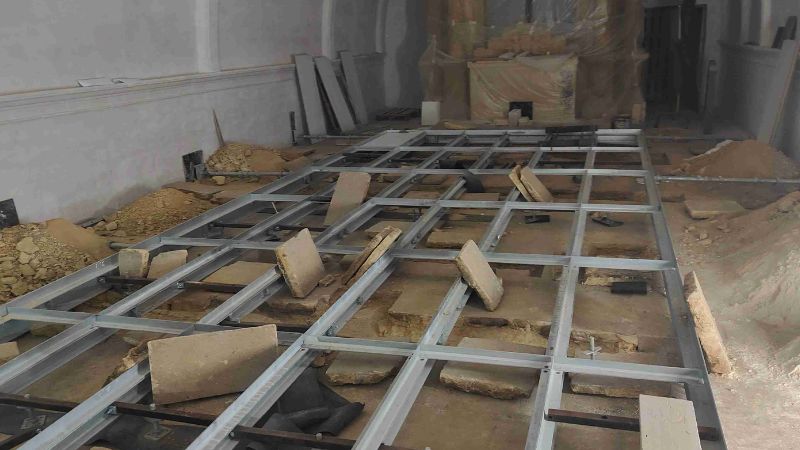UNESCO is in dialogue with the Maltese government about the proposed building of flats just metres away from the Ggantija Temples, but if the outcome is not satisfactory, the site could be removed from the list of UNESCO World Heritage Sites.
The Shift contacted UNESCO to ask about the proposed development, the exact boundaries of the buffer zone, which is designed to provide additional protection to sites, and their stance on the project.
“The World Heritage Centre is following the situation closely and has already had exchanges with the Maltese authorities to reiterate the need to protect the Outstanding Universal Value of the site (i.e. the very reasons for which it was decided to inscribe the site on the World Heritage List),” a spokesperson from the UNESCO World Heritage Centre told The Shift.
They added that if the dialogue does not provide all the necessary guarantees, the subject may be brought to the attention of the World Heritage Committee during its next session in 2024. This could result in “corrective measures or any other action deemed appropriate in line with paragraph 176 of the Operational Guidelines of the World Heritage Convention.”.
Paragraph 176 lays down courses of action should a site be compromised in any way. These include ordering the state party to take action to restore it within a certain time frame, offering assistance with the process, putting it on the List of World Heritage in Danger, or deleting the property from the list altogether.
It also foresees consultation with the state party and sending a fact-finding mission if necessary.
Previously, representatives of the applicant argued that there was a smaller circular buffer zone around the temples, and therefore the project was outside of it.
During a hearing with the PA board, they presented a map which incorrectly called a small circle of land around the temples, the “buffer zone”, and the wider UNESCO-designated boundaries, as simply an “area of archaeological importance”, a designation given by the Maltese government.
TVM, the state broadcaster, also published an article claiming the site was “outside the buffer zone of the Ggantija temples.”
Both the claims made to the Planning Authority board and TVM’s article are false.

UNESCO’s official map showing the buffer zone.
The most recent copy of the map, provided by UNESCO and updated in 2015, outlines the buffer zone around the site which varies in distance from 200 metres, to 500 metres plus. According to the planning application for the project, PA 00570/21, the site is 176 metres from the temples and falls well within the UNESCO-designated buffer zone.
This acceptance of the false claim that the project lies outside the buffer zone meant there was no need for a heritage impact assessment and independent assessment by the World Heritage Committee.

An overlay of the PA’s map with the project’s site marked with a blue dashed line, over UNESCO’s map of the buffer zone, marked with a dark blue solid line.
The project, tabled by developer Emmanuel Farrugia, will see an old house demolished and 22 apartments and 20 underground garages built in its place. Despite more than 300 objections, interventions from UNESCO, and advice against granting the permit from the Superintendence for Cultural Heritage, the Planning Authority ignored them all and gave the green light.
Farrugia had started advertising the apartments, using the temples as a selling point, two years before the permit was even granted.
Malta’s representative to UNESCO, Monsignor Joe Vella Gauci, has refused to state his position on the development and has ignored questions from The Shift.
An appeal hearing is scheduled for later this month, and tens of objectors have already asked the Environmental and Planning Tribunal to be officially able to follow the proceedings.
The Shift previously reported that Valletta’s UNESCO World Heritage Site status is also at risk due to government inaction on several factors, including a management plan requested since 2011.
The Maltese government has been given until the end of this year to present the plan for conserving the capital city and a “Views and Vistas” analysis report to address the growing concern about how high-rise buildings impact its skyline.













Does anybody seriously think the government cares?! They will do what they want and their drone subintelligent voters will cheer. The whole world needs to know how we are being held hostage by a corrupt government that has bought so many votes it can never be removed.